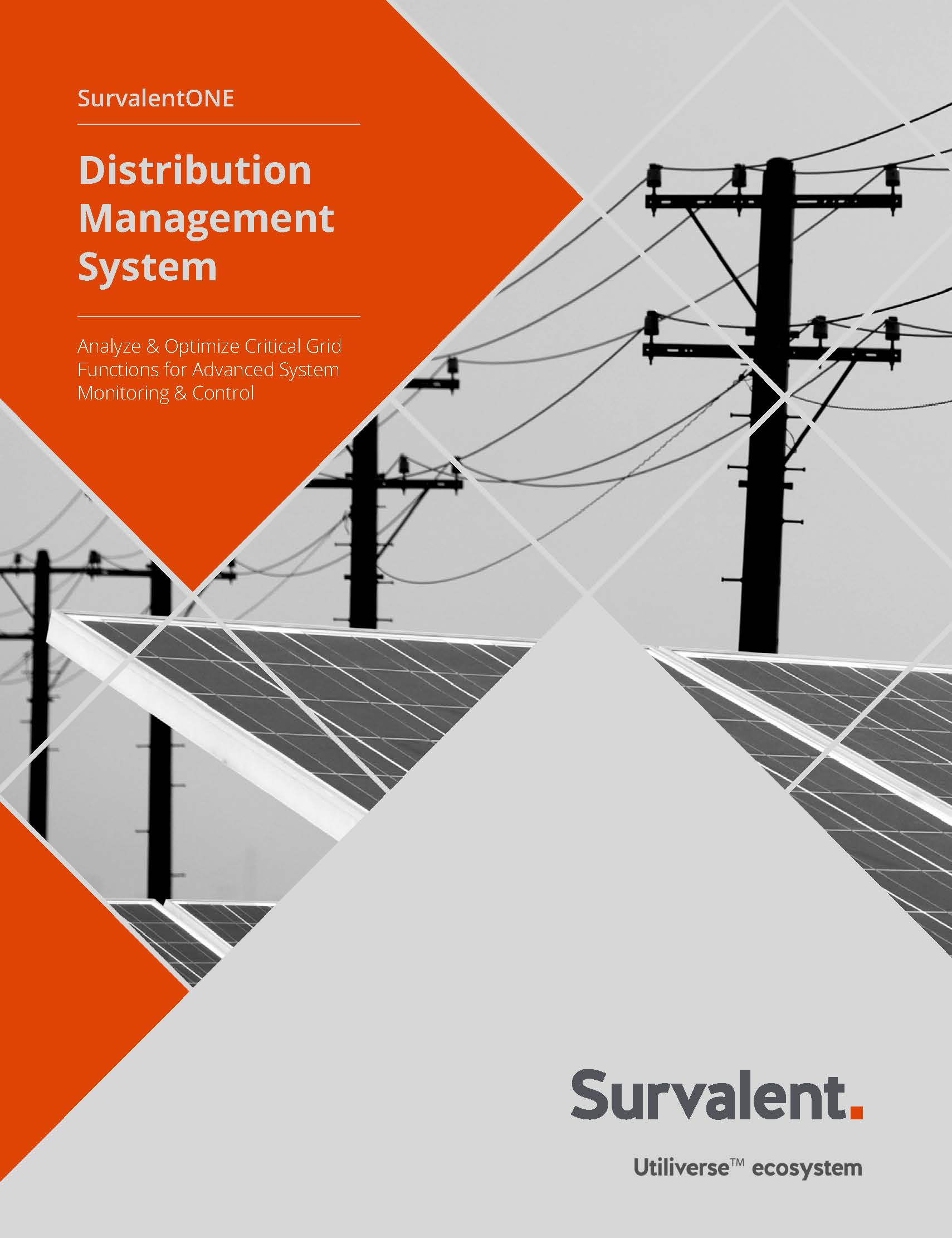
Peak demand periods present both challenges and opportunities for utilities.
Poorly managed loads can impact power quality and cause costly brownouts and blackouts. Purchasing power at substantial prices or building substations to manage peak demand are costly options. Reducing the amount of energy consumed during the peak, on the other hand, enables utilities to reduce their overall cost of power and participate in energy conservation programs.
One solution is to shave power demand curve peaks by reducing voltage across the distribution system.
To do so, utilities need a voltage reduction solution that monitors the network and, when necessary, issues commands to field devices to ensure power is optimized and the grid operates within the utility’s preferred voltage parameters.
SurvalentONE Voltage Reduction monitors voltage regulators and, when necessary, it automatically instructs them to bring network voltages down to pre-set levels according to the logic defined by the utility. Because automatic voltage reduction manages load at the utility end, it is barely (if at all) noticeable by consumers and helps avoid costly blackouts and brownouts caused by overload.
Utilities can easily define their preferred minimum and maximum parameters and ensure that voltage meets the minimum threshold required by regulators. SurvalentONE Voltage Reduction makes all voltage reduction decisions based on user-defined groups of voltage regulators rather than individual devices. It can raise or lower the voltage step-by-step, track its current tap position number, and record the measured voltage controlling it.
SurvalentONE Voltage Reduction ensures the grid is always monitored and voltage is automatically reduced without tying up any control room resources. The result? Greater reliability, lower capacity charges paid to the supplier, and less need for expensive substation projects.







